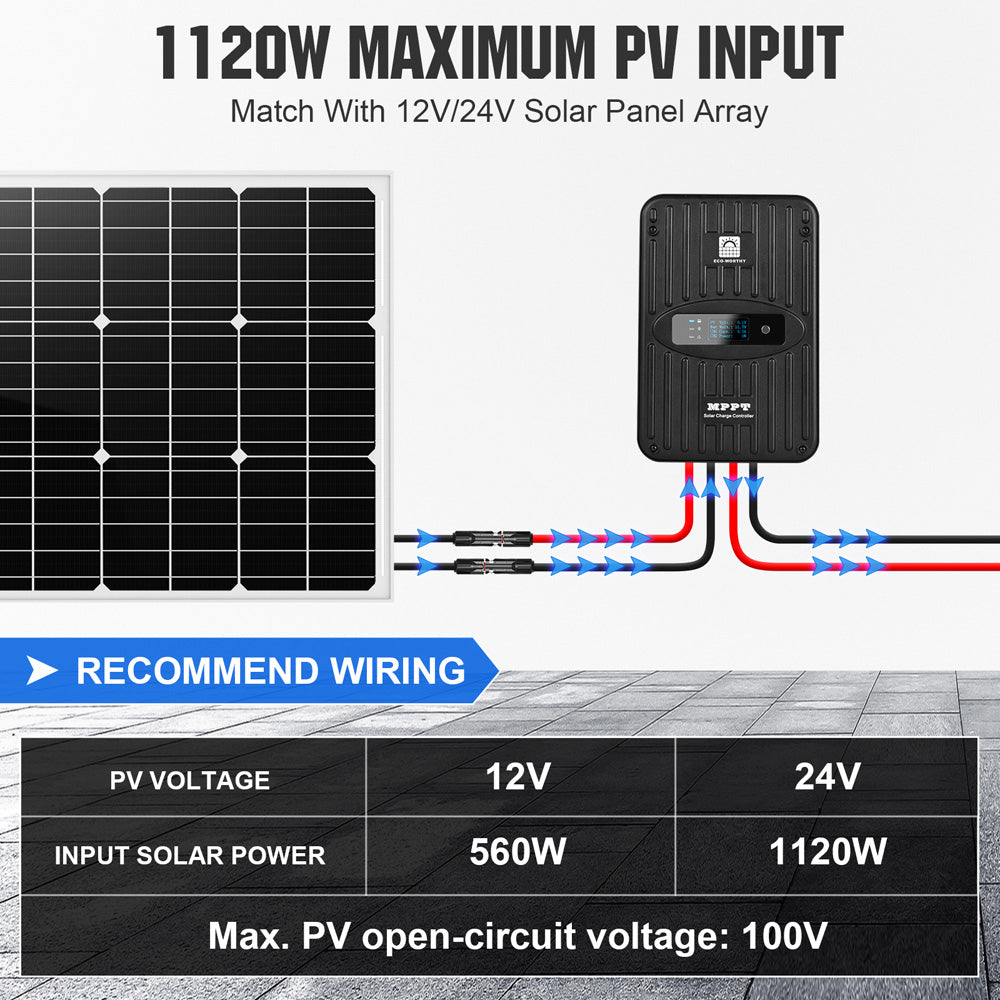In the realm of renewable energy, the MPPT solar charge controller plays a pivotal role in maximising the efficiency of solar power systems. But what exactly does MPPT stand for, and how does it function? This article aims to provide a comprehensive understanding of MPPT solar charge controllers, their benefits, and their significance in solar energy applications.

What is an MPPT Solar Charge Controller?
The term MPPT stands for Maximum Power Point Tracking. An MPPT solar charge controller is a sophisticated device that optimises the power output from solar panels. By continuously adjusting the electrical operating point of the modules, it ensures that the maximum amount of energy is harvested. This is particularly crucial in varying weather conditions, where sunlight intensity can fluctuate.
How Does MPPT Technology Work?
At its core, the MPPT solar charge controller employs advanced algorithms to determine the optimal voltage and current levels for solar energy production. When sunlight hits the solar panels, the controller measures the output and adjusts the load to maintain peak performance. This process can be likened to a smart thermostat that regulates temperature based on real-time conditions.
- Efficiency: MPPT controllers can increase energy harvest by up to 30% compared to traditional PWM (Pulse Width Modulation) controllers.
- Versatility: They are suitable for various applications, from residential solar systems to large-scale solar farms.
- Battery Protection: MPPT controllers help prevent overcharging, thus prolonging battery life.
Benefits of Using an MPPT Solar Charge Controller
Why should one consider investing in an MPPT solar charge controller? The advantages are numerous:
- Increased Energy Output: By tracking the maximum power point, these controllers ensure that solar panels operate at their highest efficiency.
- Improved Battery Life: The ability to manage charging effectively reduces the risk of battery damage.
- Cost-Effectiveness: Although initially more expensive than PWM controllers, the long-term energy savings often justify the investment.
Choosing the Right MPPT Solar Charge Controller
When selecting an MPPT solar charge controller, several factors should be considered:
- System Voltage: Ensure compatibility with your solar panel and battery system.
- Current Rating: Choose a controller that can handle the maximum current output of your solar array.
- Features: Look for additional functionalities such as remote monitoring and programmable settings.
For those interested in exploring a variety of options, you can visit to find high-quality MPPT solar charge controllers tailored to your needs.
Conclusion
In summary, the MPPT solar charge controller is an essential component for anyone looking to optimise their solar energy system. By understanding its functionality and benefits, you can make informed decisions that enhance energy efficiency and sustainability. As the world moves towards greener energy solutions, embracing technology like MPPT controllers will be crucial in harnessing the full potential of solar power.








